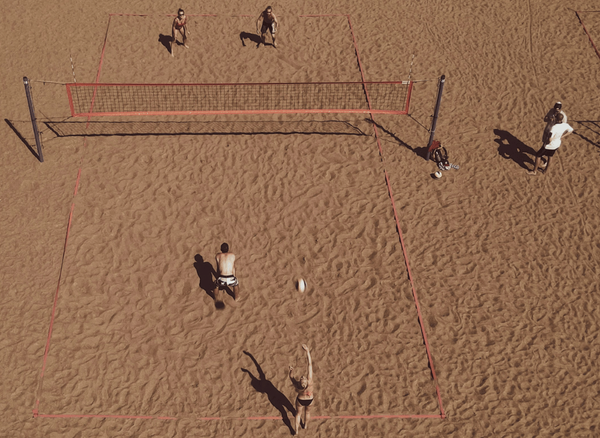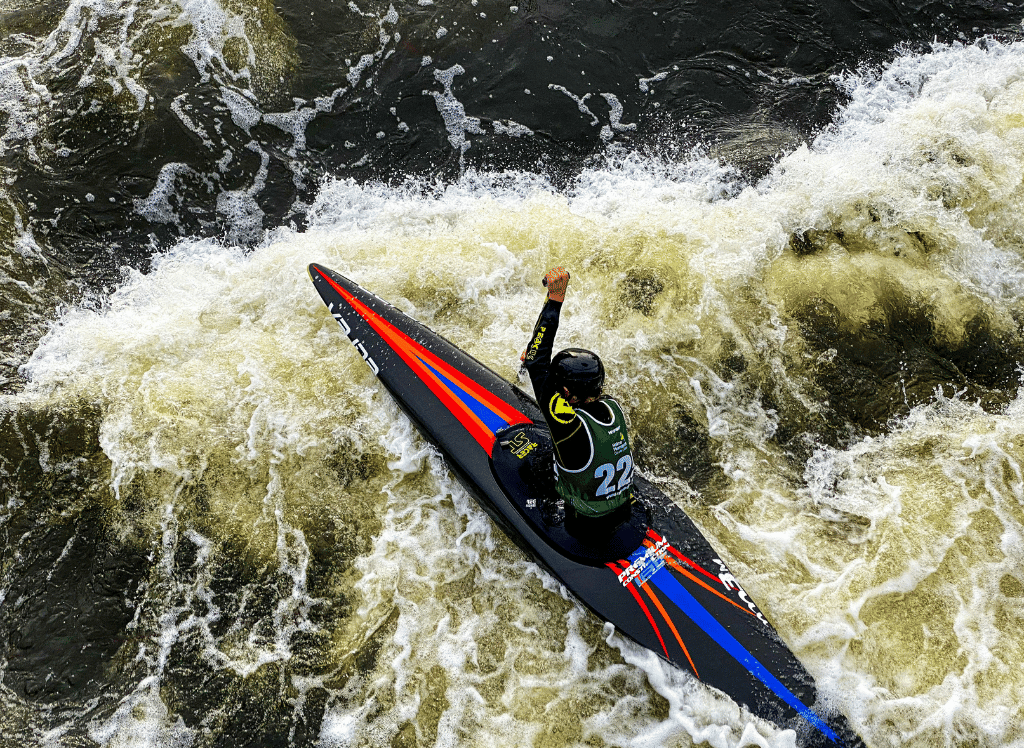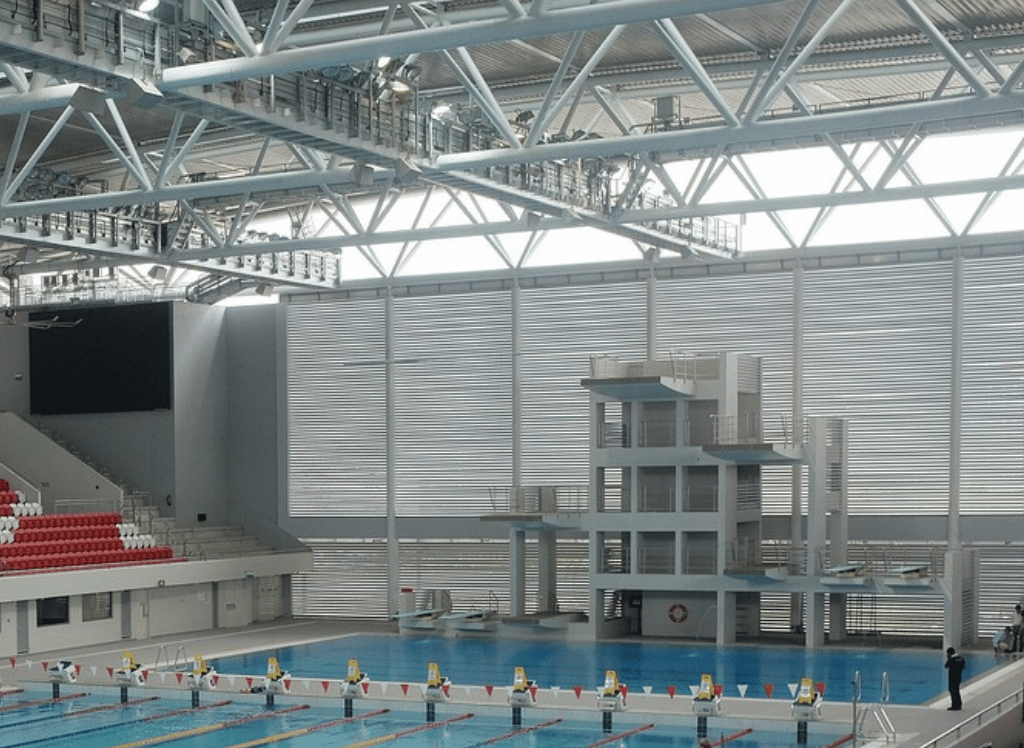Artistic swimming, once called synchronized swimming, is a dazzling blend of swimming, dance, and gymnastics performed in water. Imagine running a marathon while performing acrobatics and holding your breath underwater—sounds like a circus act, right? Well, that's essentially what artistic swimming is, minus the elephants and clowns.
The routines are judged based on artistic impression, technical skill, and synchronization. It's like watching a Broadway show, but with fewer people and a lot more splashing.
The Evolution of Artistic Swimming
Artistic swimming has come a long way since its inception. Initially, it was a form of water ballet, but over the years, it has evolved into a highly competitive sport. The International Olympic Committee recognized it as an Olympic sport in 1984, and since then, it has been a staple in the Olympic Games.
The sport has grown to include male artistic swimmers, mixed duet competitions, and team events. This evolution has made the sport more inclusive and exciting, attracting a broader audience and more participants.
The Structure of Artistic Swimming Competitions
Artistic swimming competitions are divided into two main categories: technical routines and free routines. In technical routines, swimmers perform set movements and predetermined elements, while free routines allow for more creativity and artistic expression.
Competitions can feature individual swimmers, duets, or teams of up to ten swimmers. Each routine is performed to music, with underwater speakers ensuring that the swimmers can hear the beat even when submerged. The routines can last up to five minutes, and teams lose marks for any mistakes or lack of synchronization.
The Athletic Demands of Artistic Swimming
Artistic swimming is incredibly strenuous and requires a high level of fitness. Swimmers need to have excellent aerobic capacity, strength, and flexibility. Imagine running a marathon while performing twists and turns in the water—that's the level of endurance required.
Swimmers also need to be able to hold their breath for extended periods while performing acrobatics. This requires not only physical strength but also mental toughness and concentration. It's no wonder that artistic swimmers are often compared to long-distance runners in terms of their stamina and endurance.
Music in Artistic Swimming
Music plays a crucial role in artistic swimming routines. It sets the tone and pace of the performance and helps swimmers coordinate their movements. The music can range from classical to contemporary, and it often reflects the theme of the routine.
Underwater speakers are used to ensure that swimmers can hear the music even when they are submerged. This helps them stay in sync and perform their routines with precision. The choice of music can also influence the judges' perception of the routine, adding an extra layer of complexity to the performance.
Synchronization
Swimmers must perform their movements in perfect harmony with each other and the music. This requires hours of practice and a deep understanding of timing and rhythm.
Teams lose marks for any lack of synchronization, so it's essential for swimmers to be in sync at all times. This is particularly challenging in team events, where up to ten swimmers must coordinate their movements perfectly. The result is a mesmerizing display of athleticism and artistry.
The Role of Judges in Artistic Swimming
Judges play a critical role in artistic swimming competitions. They evaluate the routines based on several criteria, including artistic impression, technical skill, and synchronization. The scores are then combined to determine the final ranking.
Judges follow strict guidelines to ensure fairness and consistency. They look for precision, creativity, and overall performance quality. Any mistakes or lack of synchronization can result in deductions, making the role of the judges crucial in determining the outcome of the competition.
The Training Regimen of Artistic Swimmers
Training for artistic swimming is no walk in the park. Swimmers undergo rigorous training sessions that include swimming, dance, gymnastics, and strength training. They also practice their routines repeatedly to ensure precision and synchronization.
Junior swimmers often start training at a young age, gradually building their skills and endurance. By the time they reach the elite level, they are well-versed in the demands of the sport and ready to compete at the highest level.
The Glamour and Theatrics of Artistic Swimming
Artistic swimming is not just about athleticism. It's also about theatrics and presentation. Swimmers often wear elaborate costumes and theatrical makeup to enhance their performances. The goal is to create a visually stunning routine that captivates the audience and impresses the judges.
The combination of athletic movements, music, and theatrical elements makes artistic swimming a unique and captivating sport. It's like watching a live performance, with the added excitement of athletic competition.
Artistic Swimming FAQs
What is artistic swimming?
Artistic swimming, formerly known as synchronized swimming, is a sport that combines swimming, dance, and gymnastics. Athletes perform routines to music, judged on artistic impression, technical skill, and synchronization.
How is artistic swimming judged?
Judges evaluate routines based on artistic impression, technical skill, and synchronization. Scores are combined to determine the final ranking, with deductions for mistakes or lack of synchronization.
What are the main categories in artistic swimming competitions?
Artistic swimming competitions are divided into technical routines and free routines. Technical routines involve set movements and predetermined elements, while free routines allow for more creativity and artistic expression. Competitions can feature individual swimmers, duets, or teams of up to ten swimmers.
Summary
Artistic swimming is a unique blend of athleticism, dance, and gymnastics performed in water. It requires incredible strength, flexibility, and coordination, making it one of the most demanding sports in the Olympic program. With its emphasis on synchronization, artistic impression, and technical skill, artistic swimming is a mesmerizing display of human potential and creativity.








